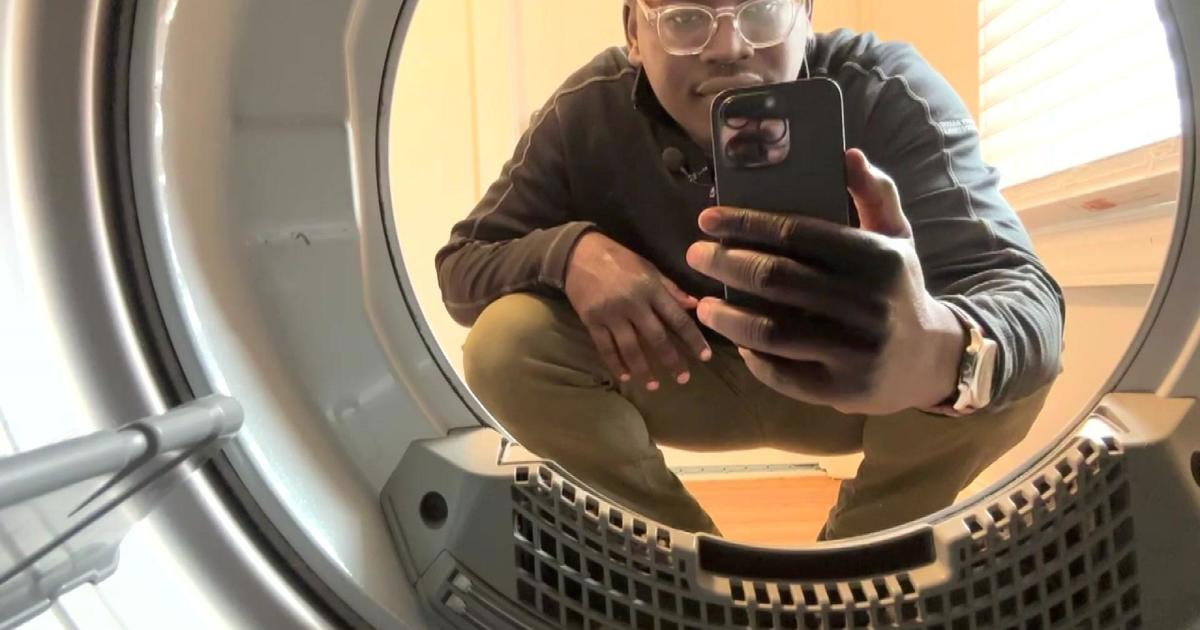To Pee or Not to Pee: High-Tech Bladder Solution
MINNEAPOLIS (WCCO) -- If you are one of those people who starts scouting bathrooms anytime you are away from home, you may be among the 16 percent of adults with an overactive bladder.
More than 33 million Americans struggle with the condition. Four out of five sufferers are women.
It can be costly -- in terms of lost productivity, lost dignity and the expense of medical treatment.
"I've had patients spend over a hundred dollars a month on (diaper) pads," said urologist Steven Siegel, who specializes in treating incontinence.
Dr. Siegel said physical therapy and behavioral training work for some patients. Prescription medications help many others, but the drugs may cause side effects.
Siegel uses several treatment options, including a high-tech solution called the Urgent PC Neuromodulation System. It is made by Minnesota Company Uroplasty, Inc. It works by inserting a tiny needle near the ankle that delivers mild electrical stimulation.
According to Uroplasty President and CEO, David Kaysen, the therapy calms the nerve impulses triggering excessive urges to urinate.
"We're stimulating what's called the tibial nerve," he said. "That's the nerve that runs up the entire inside of the leg and intersects in the spinal cord. And that's where the nerve bundle that surrounds the bladder originates."
The FDA-approved therapy is administered in a doctor's office. Half hour treatments are given once a week for 12 weeks initially, then once every three weeks thereafter. Dr. Siegel said the majority of patients find relief.
"About 60 percent to 70 percent of the patients will (find relief)," Siegel said. "They might experience about a 50 percent reduction in their frequency and urgency. That would be a typical outcome."
The Minnesota-made product is manufactured by companies under contract in Milaca, Mankato and Wabasha, while Uroplasty's main headquarters are in Minnetonka. Company executives like to think they also create a restored quality of life.
"We have patients tell us for the first time in many years they can sleep through the night and they can visit their grandchildren," said Kaysen. "(They can) get on a plane and not have to worry about sitting on a runway."
Nine out of 13 Medicare regions have approved coverage for the therapy. Unfortunately, the region that includes Minnesota is not one of them. Many private insurance companies in Minnesota do cover the therapy.



